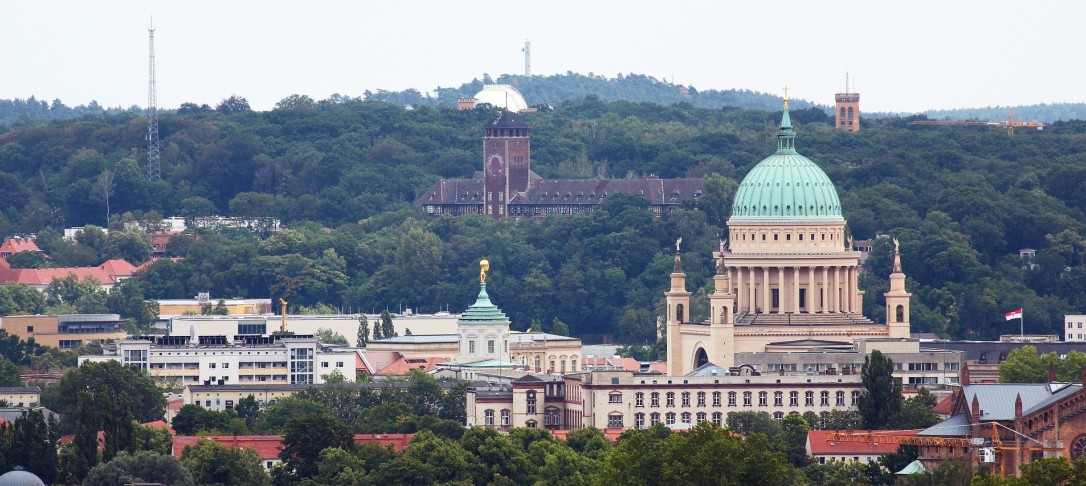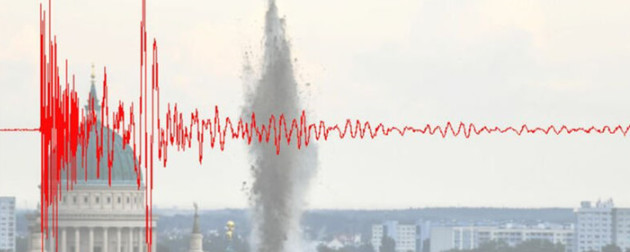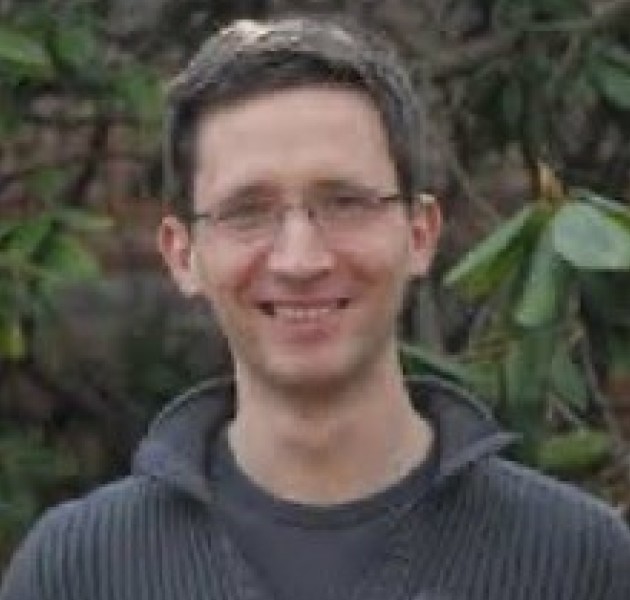
Thomas Reinsch will give the ESE Departmental Seminar on 4 March, “Detonation of a 250kg WW2 bomb in downtown Potsdam – from explosion to geothermal exploration“
Join us online on Thursday 4 March by clicking “Livestream” on the seminar page at 12pm.
Abstract
 Fiber optic distributed sensing offers new opportunities for subsurface monitoring and exploration along existing telecommunication infrastructure. It has been shown in a series of experiments, optical telecommunication infrastructure can be used for imaging crustal features in complex geological settings (e.g. Jousset et al., 2018). This offers new opportunities for urban exploration and monitoring campaigns complementing traditional seismic sensor equipment. As a field case, monitoring the ground motion from the detonation WW II bomb will be presented.
Fiber optic distributed sensing offers new opportunities for subsurface monitoring and exploration along existing telecommunication infrastructure. It has been shown in a series of experiments, optical telecommunication infrastructure can be used for imaging crustal features in complex geological settings (e.g. Jousset et al., 2018). This offers new opportunities for urban exploration and monitoring campaigns complementing traditional seismic sensor equipment. As a field case, monitoring the ground motion from the detonation WW II bomb will be presented.
The disposal of explosive ordnance is still a huge challenge more than 70 years after the end of World War II in Germany. In 2019, 276 tons of explosive ordnance were disposed by the state of Brandenburg, surrounding the German capital Berlin. Whereas most of the explosives can be deactivated, some bombs need to be detonated in situ. Thomas’ work reports on a monitoring campaign during the detonation of a WW2 bomb downtown Potsdam. Among other sensors, fiber optic distributed sensing along conventional telecommunication infrastructure was used to monitor the detonation and the wave phenomena associated.
Image Copyright: www.pnn.de; DPA/ GFZ
Biography
 Thomas Reinsch is Head of Laboratories at Fraunhofer IEG. After studying physics and geology at the University of Cologne, he worked at the German Research Centre for Geosciences GFZ in Potsdam, and earned a PhD degree from Clausthal University of Technology in Petroleum Engineering studying the well integrity of high-temperature geothermal wells. At GFZ, he started as doctoral student, and continued as a research assistant and afterwards as group leader in the section “Geothermal Energy Systems”. He worked at the Delft University of Technology in the Geoscience & Engineering Department’s ‘Reservoir Engineering’ section in 2018, before continuing as a group leader in the “Geoenergy” and later “Near-surface geophysics” sections at GFZ-Potsdam. The main focus of Thomas’ work is related to fiber optic sensing technologies for downhole and surface applications ranging from well integrity to seismic exploration studies.
Thomas Reinsch is Head of Laboratories at Fraunhofer IEG. After studying physics and geology at the University of Cologne, he worked at the German Research Centre for Geosciences GFZ in Potsdam, and earned a PhD degree from Clausthal University of Technology in Petroleum Engineering studying the well integrity of high-temperature geothermal wells. At GFZ, he started as doctoral student, and continued as a research assistant and afterwards as group leader in the section “Geothermal Energy Systems”. He worked at the Delft University of Technology in the Geoscience & Engineering Department’s ‘Reservoir Engineering’ section in 2018, before continuing as a group leader in the “Geoenergy” and later “Near-surface geophysics” sections at GFZ-Potsdam. The main focus of Thomas’ work is related to fiber optic sensing technologies for downhole and surface applications ranging from well integrity to seismic exploration studies.


